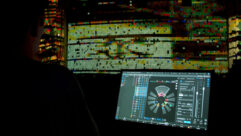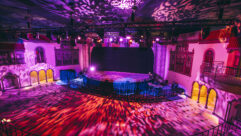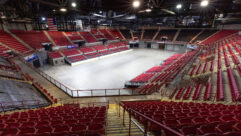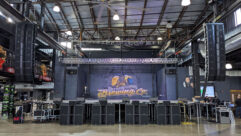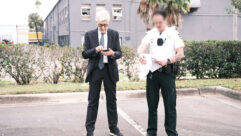Nashville’s CMA Fest, the world’s largest and longest-running country music festival, marked its milestone 50th anniversary this June with over 300 artists and acts participating in the celebration. Drawing a record-breaking crowd of more than 90,000 enthusiastic fans on each of its four days, this year’s festival sprawled out across five live venues, including Nissan Stadium, whose main stage hosted performances from a who’s who lineup of stars like Alabama, Ashley McBryde, Dan + Shay, Dierks Bentley, Elle King, Jason Aldean, Lainey Wilson, Luke Bryan, Luke Combs, Miranda Lambert, Tanya Tucker, Tim McGraw, more. Since 2013, Sound Image Nashville has provided an L-Acoustics K Series concert sound system for the festival’s biggest stage, and this year was no exception.
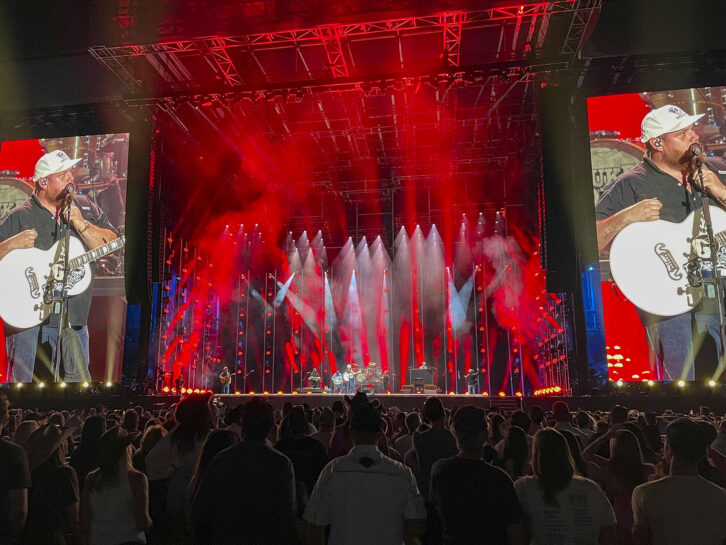
With the crème de la crème of country music—arguably the most touring-intense genre of all American music formats—playing night after night, the sound had to meet some very high standards, says Sound Image System Engineer Bill Chase, designer for the project. “It was a festival of primarily A-level artists who all have their very specific demands for audio,” he observes. “It’s also a high-profile event with very high expectations. Literally, everybody in the industry comes, and the festival is televised. We’ve found that no one is disappointed when they discover they’re going to be mixing on an L-Acoustics system.”
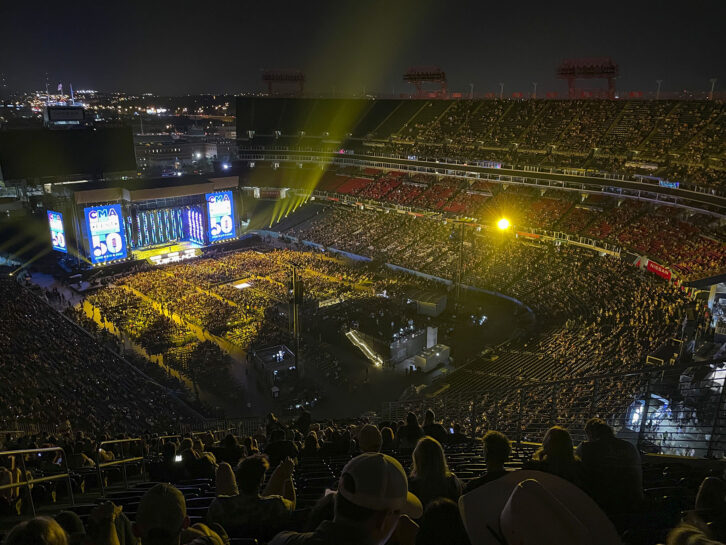
Chase notes that he worked on the project with Sound Image Crew Chief Philip Piercy, previous System Engineer Roz Jones, and a team from L-Acoustics that included Applications Engineer Vic Wagner, Touring Engineer Liaison David Brooks, and Applications Consultant Erika West.
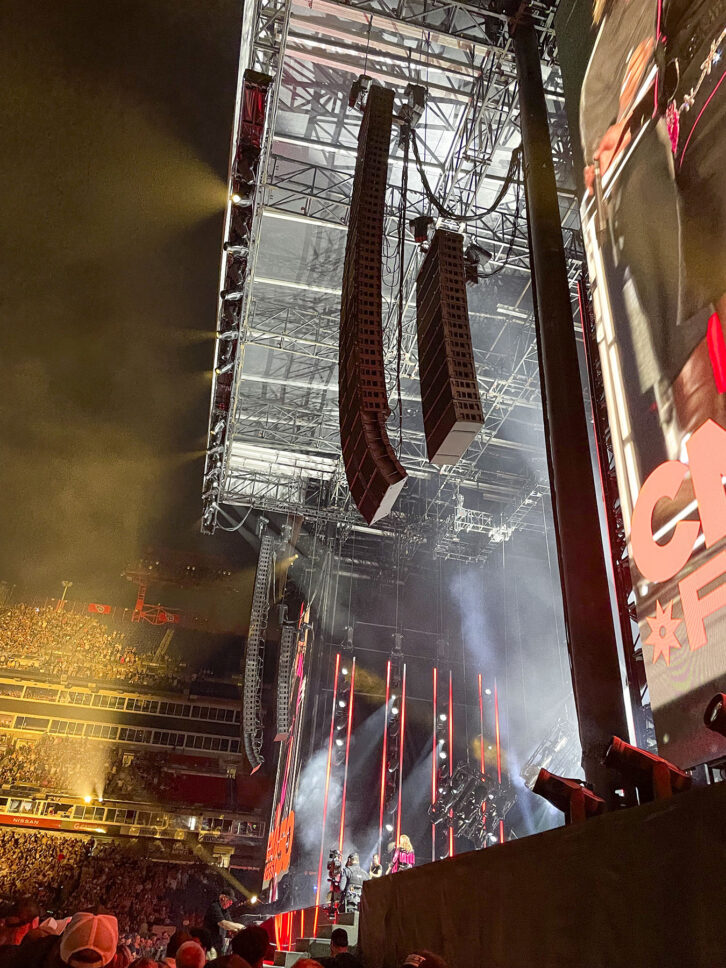
Although Nissan Stadium, home to the NFL Tennessee Titans, has fairly predictable acoustics, it does possess some unique features that can affect sonic response, including a very large video wall at one end. Chase explains, “If you were to deploy the PA as most would, which is to use the mains to cover as much as possible, you’d end up with a lot of slap-back. So, we avoided that by tightly covering the field and lower bowl with our main hangs and then using the out-fills and delays to address the rest. Some of the arrays were asked to cover well beyond what one might typically think would be possible, but Soundvision showed us that the system we designed would work—and it did. There was impact from the kick drum and full frequency response everywhere—even in the farthest reaches—and no sound quality compromises whatsoever to any seat in the house.”
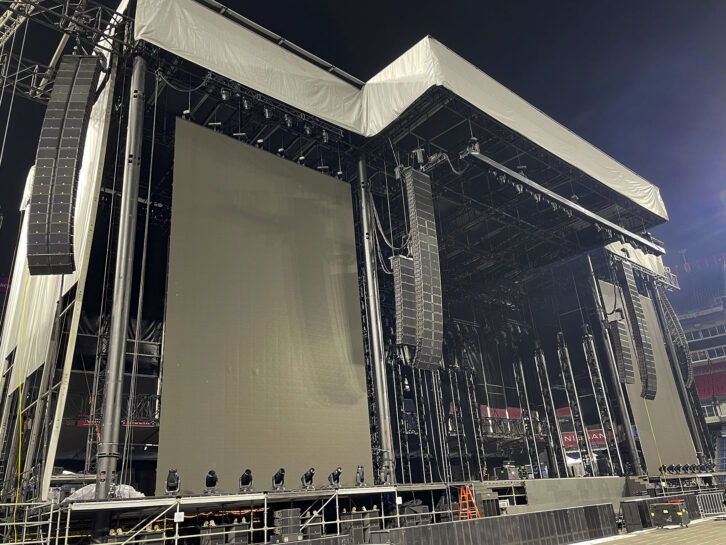
Nissan Stadium’s main stage system, designed in Soundvision, utilized 52 K1 and 68 K2 line source array enclosures. Left and right main hangs sported six K1-SB over 14 K1 and four K2 downs, while the out-fill arrays counted 12 K1 over 12 K2. Solid low-frequency coverage was reinforced by 36 ground-based KS28 subs, stacked three-high in a cardioid configuration, as well as 10 K1-SB per side flown behind the mains to aid in even coverage and rearward rejection. Eight additional K2 were hung per side as far out-fills for the upper bowl seats, and ten more K2 per side were flown out in the gridiron seating for delay. A dozen Kara II used as various fills rounded out the enclosure tally, while a whopping 90 LA12X amplified controllers powered the whole system, which was processed via the L-Acoustics P1 Milan AVB processor and M1 measurement tool.
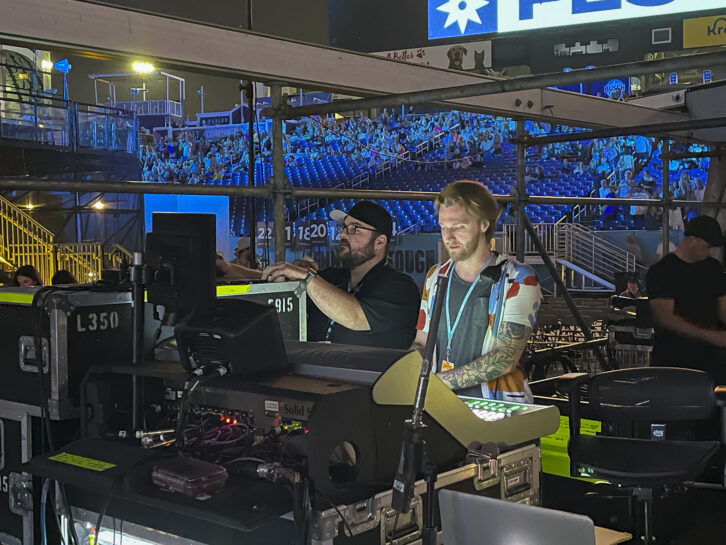
A concert sound system’s loudspeakers typically tend to get the most credit for delivering great audio reinforcement, but there’s plenty under the hood that helps make a show like this sound amazing, and that was certainly the case for CMA Fest. In particular, Chase cites the significant benefits of the Autoclimate function, which allows for the simultaneous adjustment of all air-compensation filters based on measured temperature and humidity conditions, accounting for the specific shooting distance of each zoning group.
“It’s pretty amazing the amount of distance we can cover with L-Acoustics, but it’s equally amazing how it can adapt to changing weather conditions using Autoclimate and Autofilter,” he says, the latter processor further assisting with uniformity and flatness of the high-frequency response, determining and applying linear-phased FIR filters to zoning groups within an array. “For instance, when these crews come in the morning for sound checks, it’s hot and dry, but at night, it cools down and becomes more humid. Yet we can keep the PA sounding consistent throughout the whole venue the entire day thanks to tools like these that make a system engineer’s job easy, especially with the PA as large as this. With an event as big as CMA Fest, L-Acoustics is as good as it gets.”
For more details on CMA Fest’s 50th anniversary, the highlights of which ABC will televise on July 19, visit www.cmafest.com. Sound Image can be found online at www.sound-image.com.


